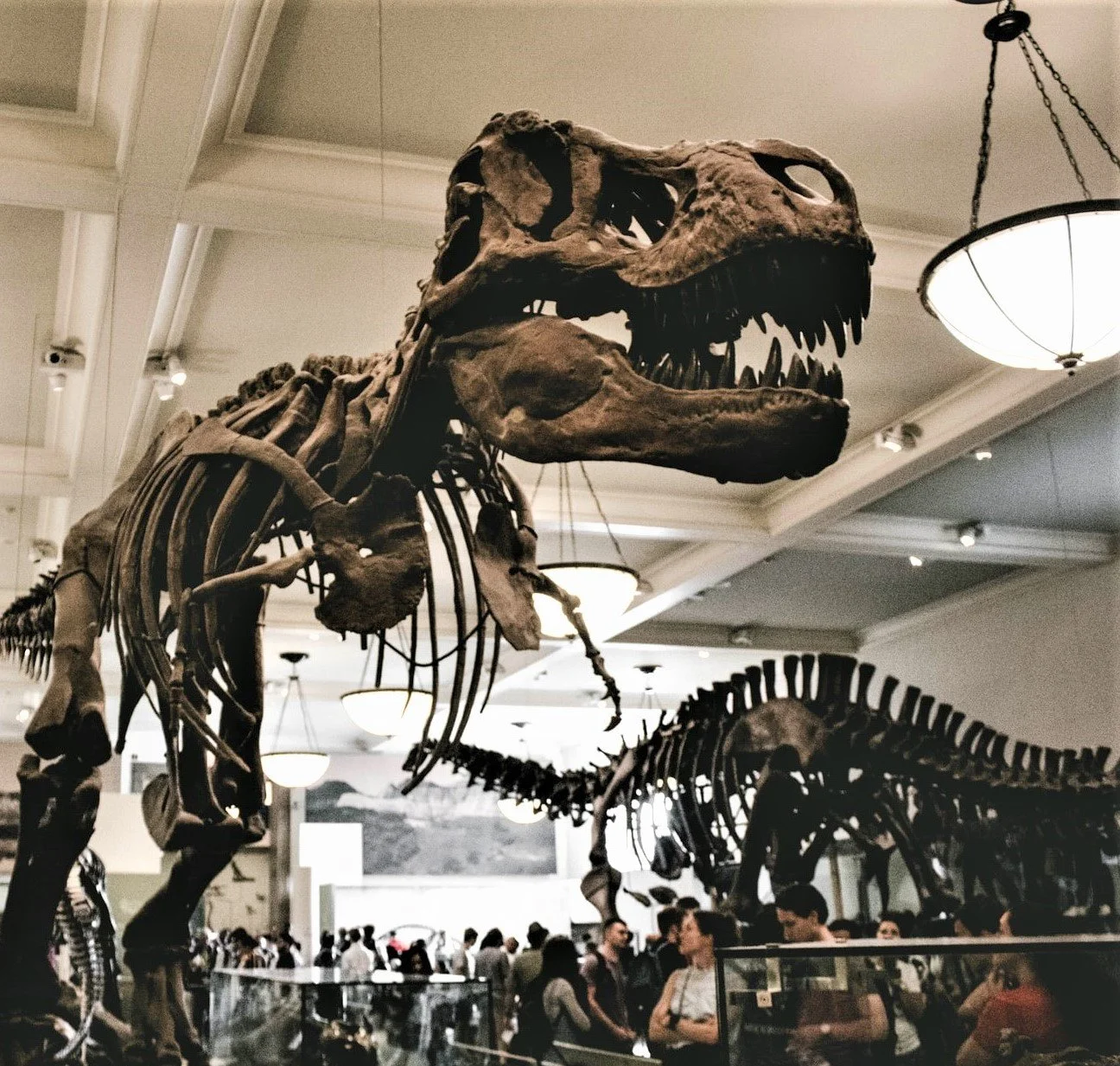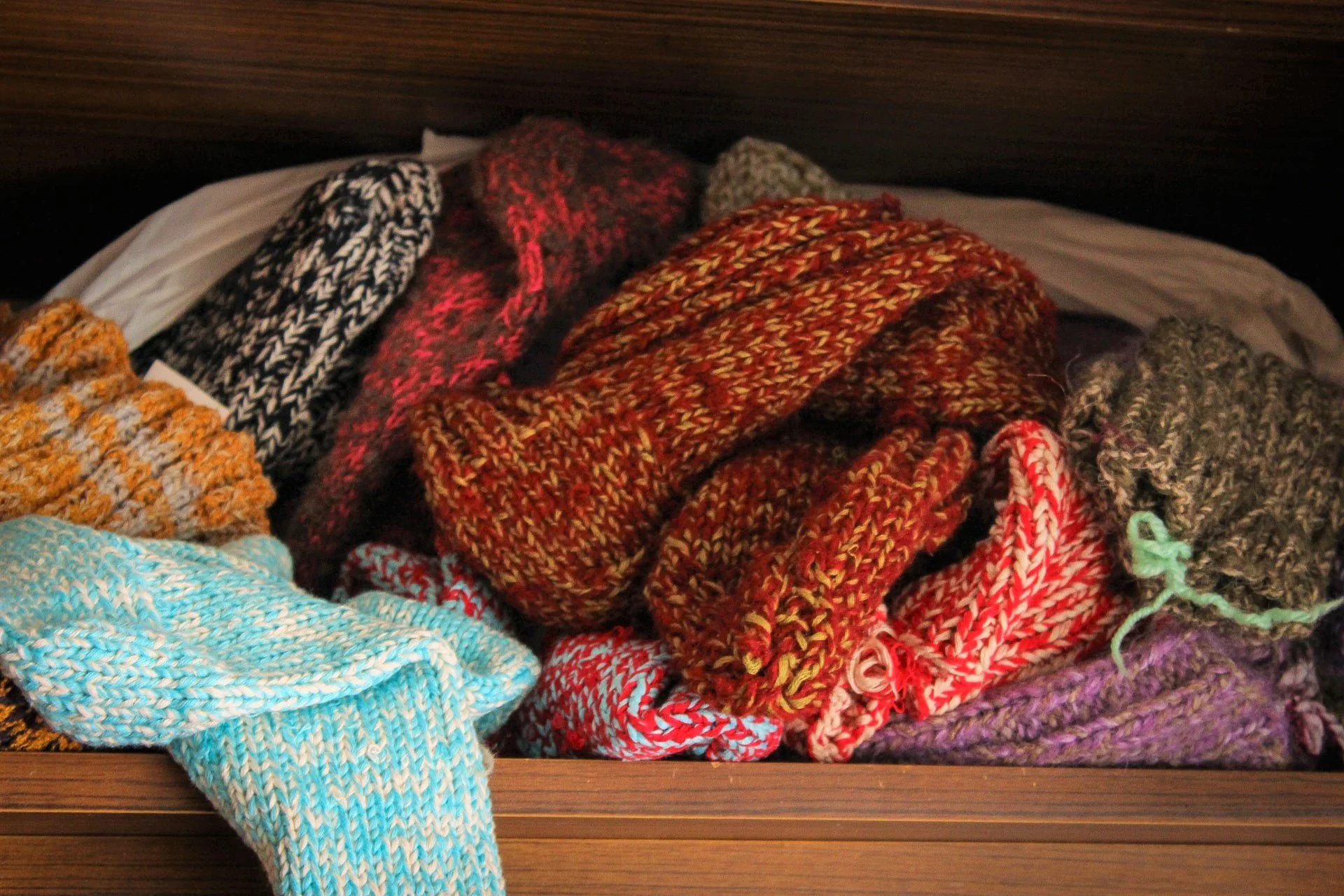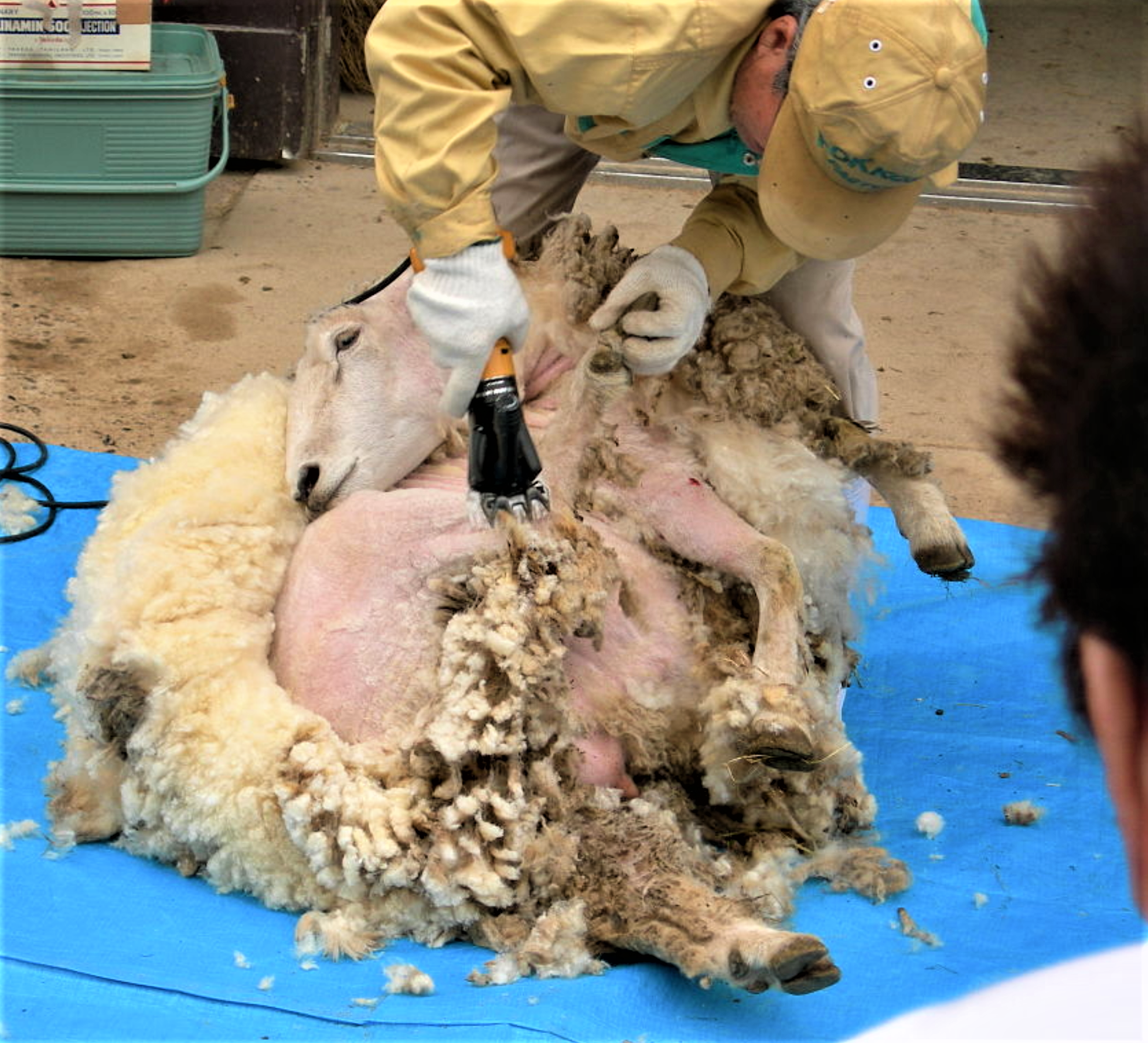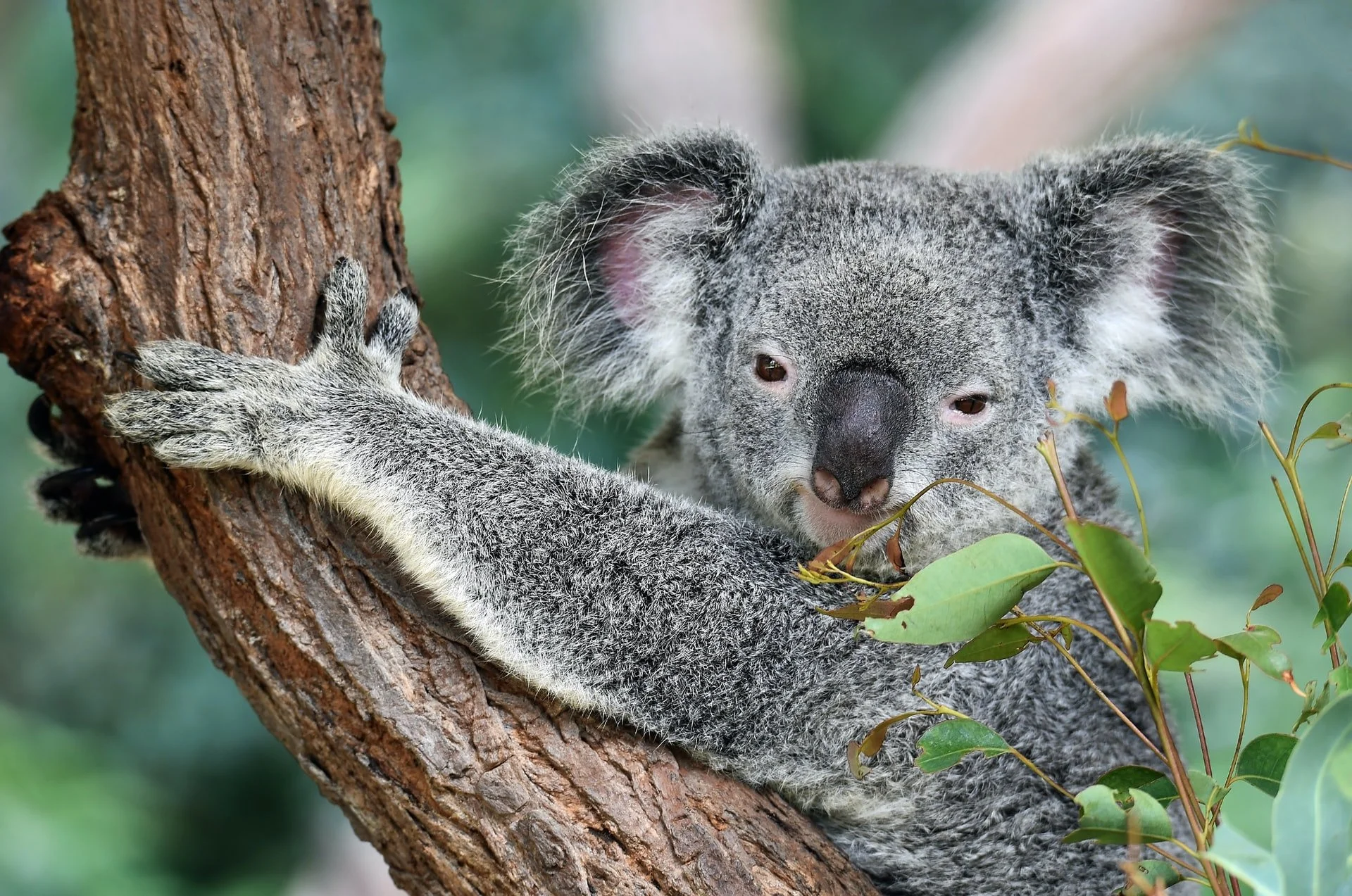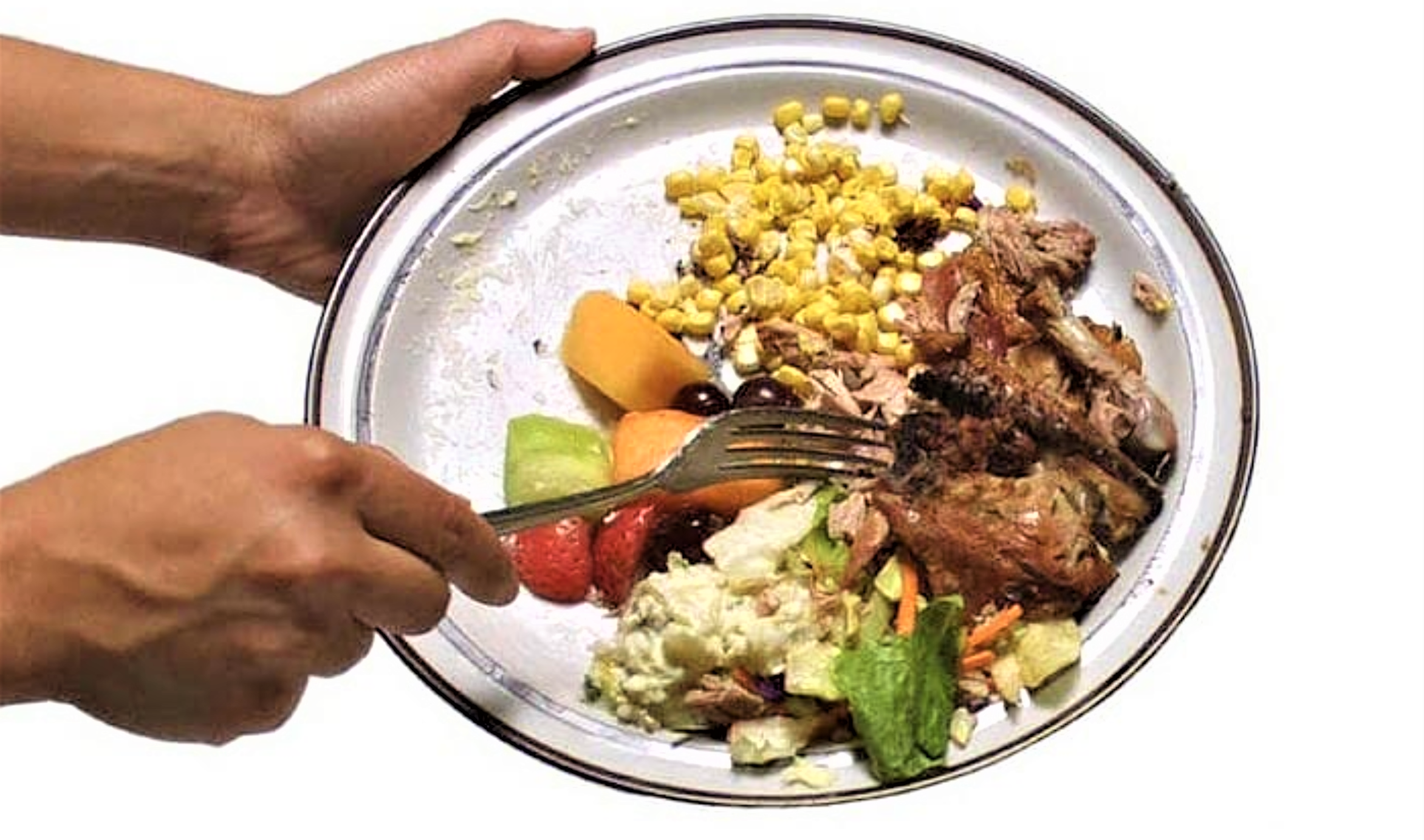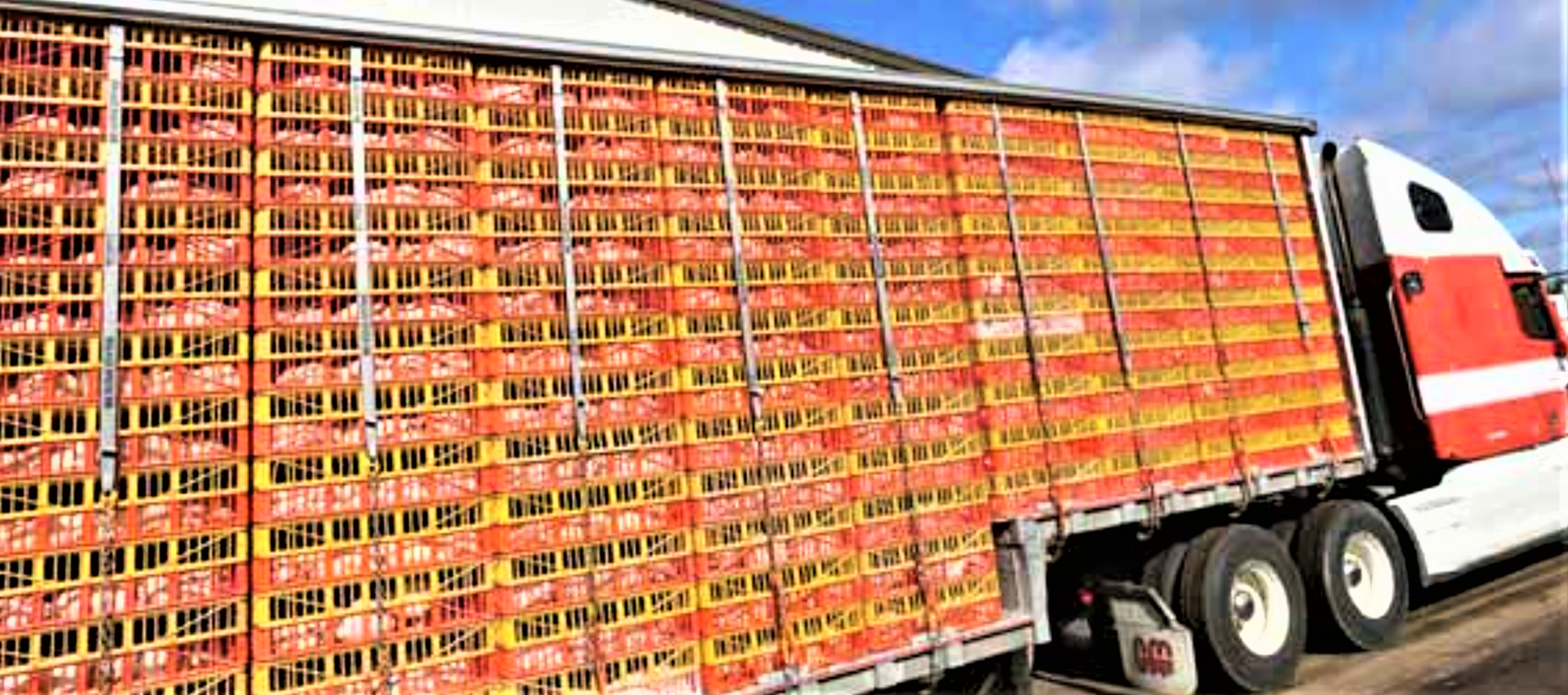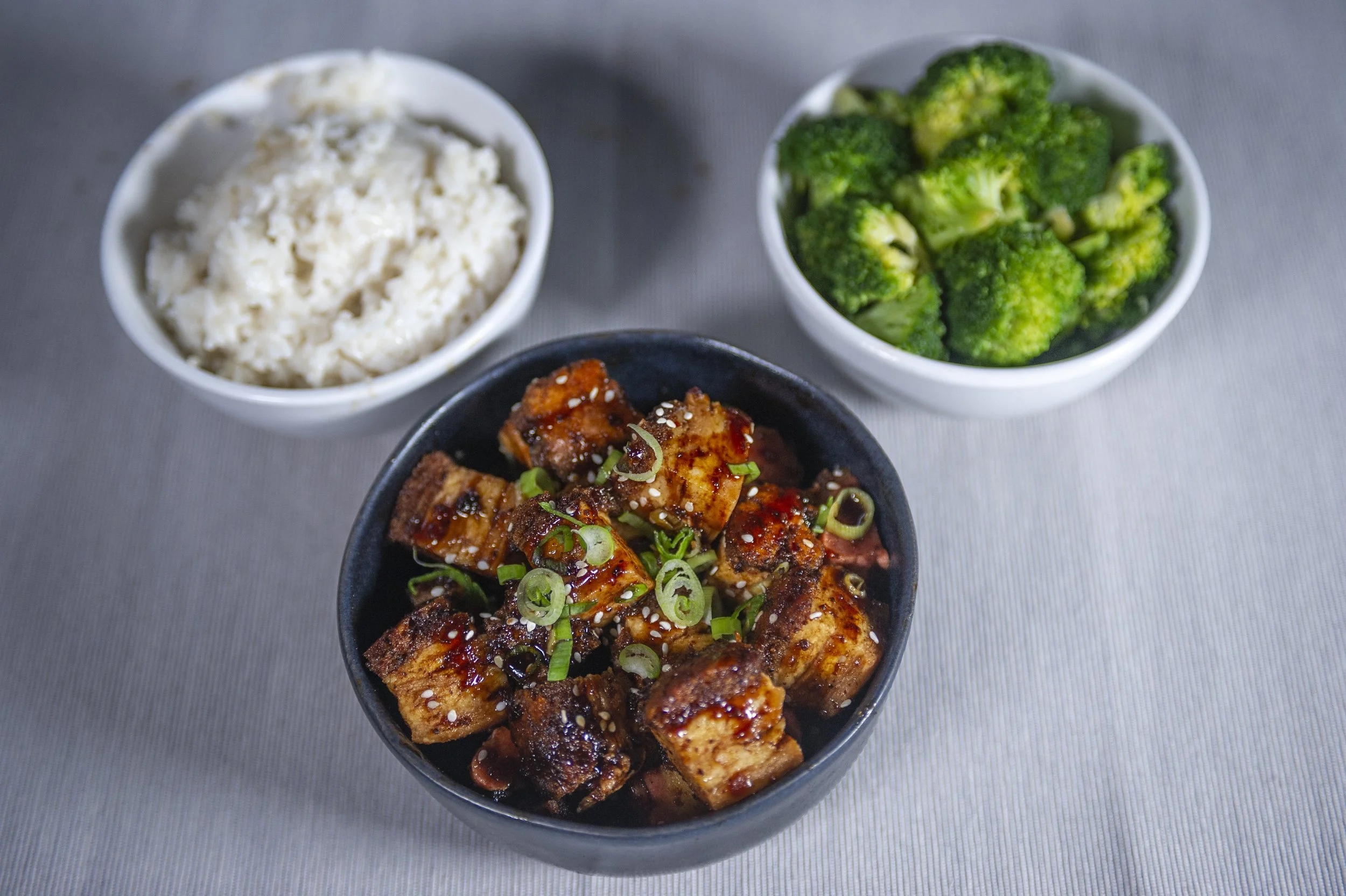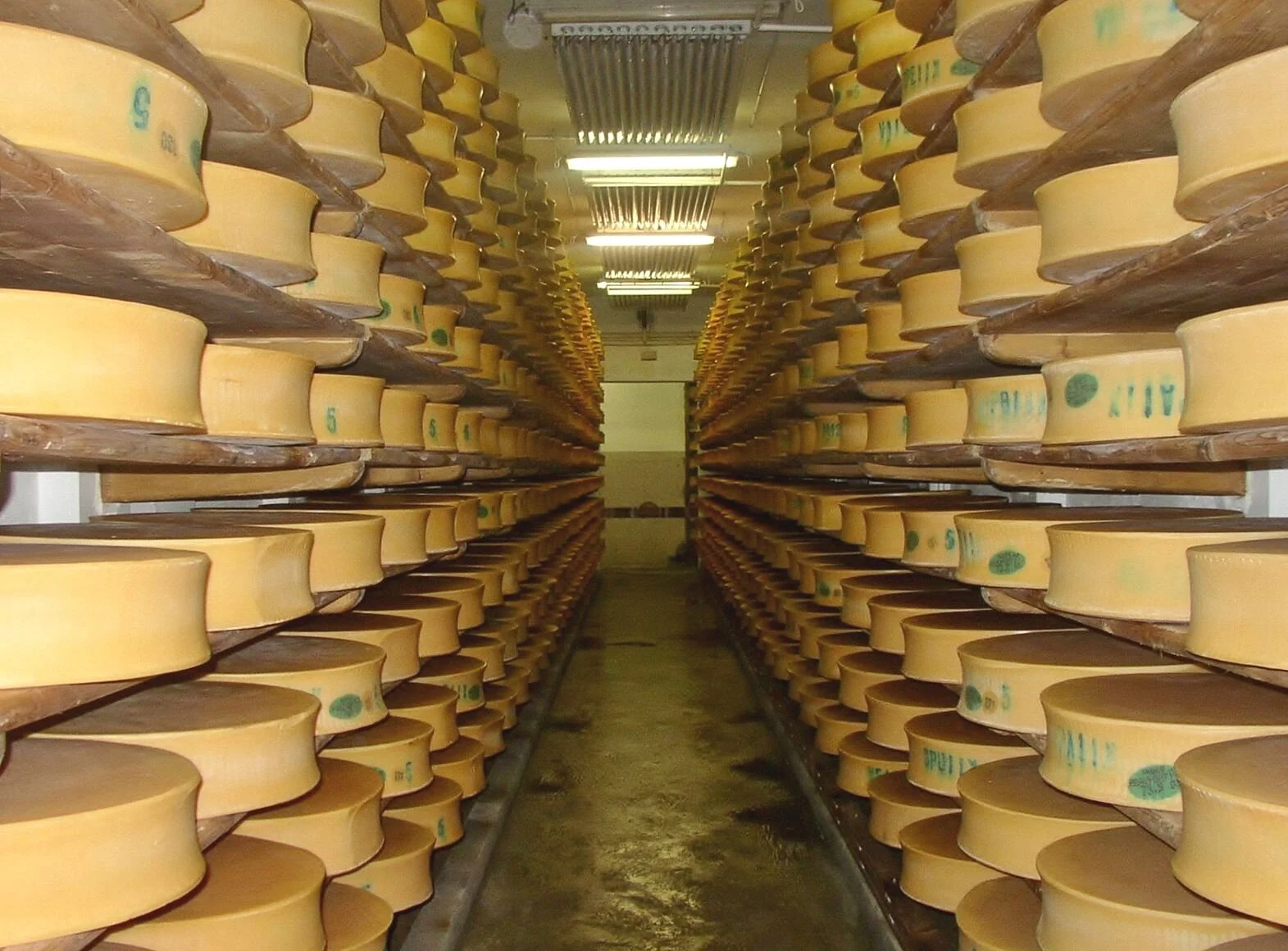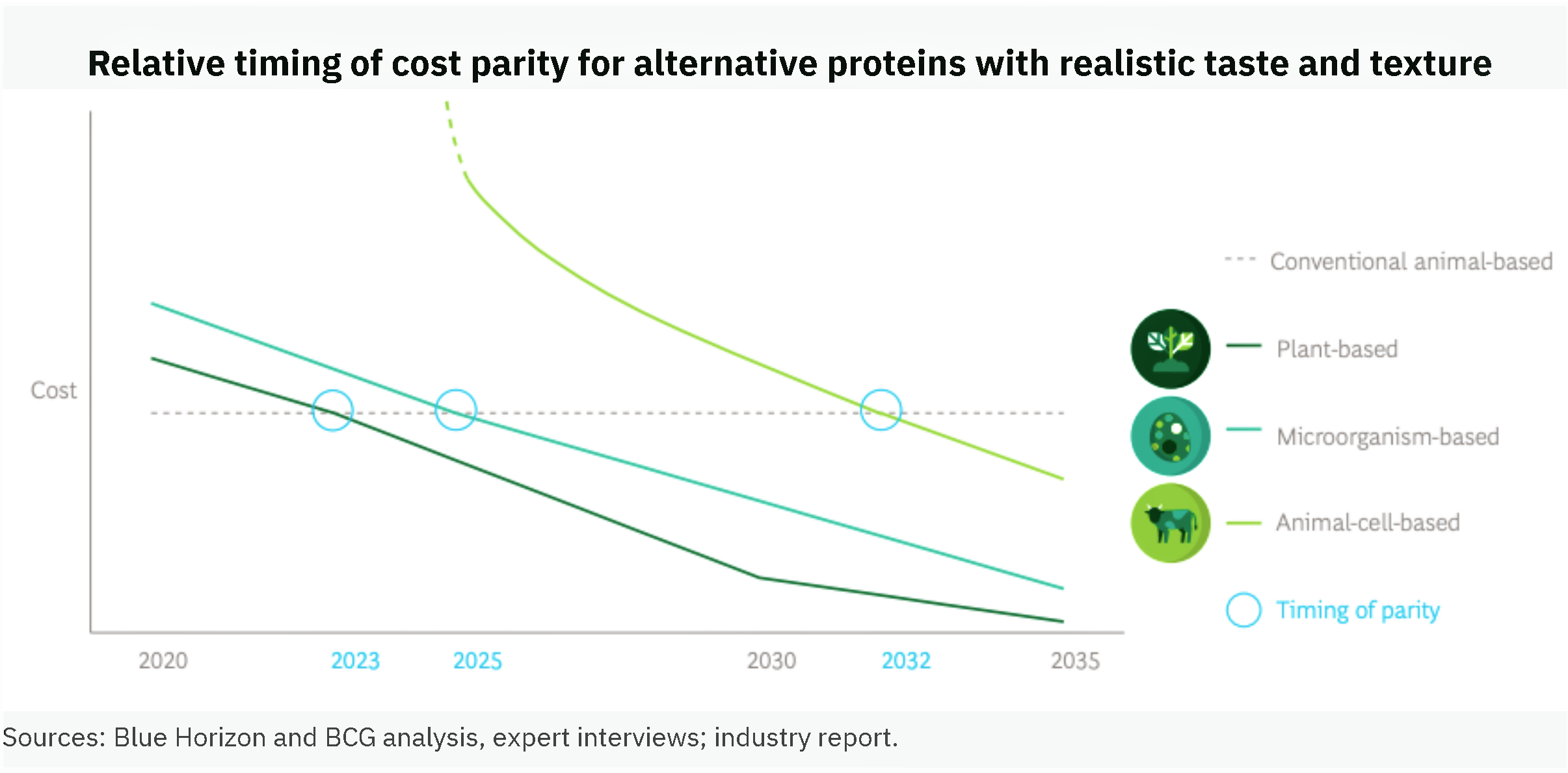Animals
Good News for Some Whales!
Iceland is one of only three nations that still hunt whales commercially, along with Norway and Japan. However, it recently announced plans to end whaling from 2024 as current quotas expire and demand dwindles. Iceland’s annual quotas for 2019-23 allow for the hunting of 209 Fin whales – the planet’s second-largest species after the Blue whale – and 217 Minke whales, one of the smallest species. In Iceland’s last full season in 2018, 146 Fin whales and six Minke whales were killed. But for the past three years, the two main licence holders have suspended their whale hunts and only one Minke whale has been killed (in 2021). Demand for Icelandic whale meat has decreased dramatically since Japan – the main market for whale meat –returned to commercial whaling in 2019 after withdrawing from the International Whaling Commission (IWC).
Food
Ukraine Plays a Vital Role in Feeding Humanity
The attention of the world is currently focused on the human toll from the unprovoked attack on Ukraine. And there will be another toll due to Ukraine’s role in the global food system — the spread of food insecurity to millions around the world. Ukraine has the largest amount of arable land in Europe, enough to grow food for 600 million people. It is the largest producer and exporter of sunflower oil globally, the second largest exporter of barley, the third largest producer of corn, third largest exporter of wheat, fourth largest producer of potatoes and more. Supply disruptions will cause prices to rise and possible food shortages in major markets such as Turkey and Egypt. And it will disrupt food shipments to customers in the EU, China, Malaysia, the Middle East, Africa and the UN World Food Programme.
the Climate Crisis
Scientists Say There’s Still Time
If we act now to reduce GHG emissions to zero it would stabilize global temperatures in three or four years, rather than three or four decades say two senior climate scientists. In a recent Covering Climate Now (CCNow) press-briefing, Michael Mann of Penn State University and Saleemul Huq of the International Centre for Climate Change and Development in Bangladesh, referred to science that was buried in an IPCC report issued last August that said that as soon as emissions are cut to zero, temperature rise stops within as little as three years. This means humanity can still limit temperature rise to 1.5C. The new analysis shifts the conversation says Mark Hertzgaard Executive Director of CCNow. It “means we’re not necessarily doomed after all. Yes, there’s a lot of stuff still locked in, but if we lower emissions quickly, we can get there. We can avoid the worst.”
words of wisdom
“The scientific evidence is unequivocal: climate change is a threat to human wellbeing and the health of the planet … Any further delay in concerted global action will miss a brief and rapidly closing window to secure a liveable future.”
— Hans-Otto Portner, co-chair of Part Two of the UN IPCC Sixth Assessment Report
“Like taking a wrecking ball to a global set of dominoes, climate change in the 21st century threatens to destroy the foundations of food and water security, smash onwards through the fragile structures of human and ecosystem health, and ultimately shake the very pillars of human civilization.”
— David Reay, Director of Edinburgh Climate Change Institute, University of Edinburgh
perspective
Pulling the Wool Over Our Eyes
While public awareness of the meat industry’s negative impacts on the environment is growing quickly, the ecological impacts of animal products used for fashion are less well-known. Wool in particular is perceived by 87% of consumers as safe for the environment. It’s often marketed as “sustainable”, “natural” and “biodegradable” but in an analysis by Collective Fashion Justice of 50 top brands using “sustainability” claims to market their wool products, only 28% backed them up with any evidence.
A new study from the Center for Biological Diversity lays out the sustainability concerns associated with commercial wool production – from sheep rearing, wool processing, to the waste produced from processing and discarded wool clothing.
“The industry has been pulling the wool over our eyes for decades, claiming that wool is a sustainable fiber,” said Stephanie Feldstein, population and sustainability director at the Center for Biological Diversity and co-author of the report. “Wool clothing comes with a heavy price tag of greenhouse gas emissions, land use, biodiversity loss and pollution. Nothing about wool is sustainable.”
According to one sustainability scoring system (the Higg Material Sustainability Index), the climate cost of sheep’s wool is, on average, more than 5x higher than conventional cotton and 3x higher than acrylic.
Land, Water Use and Degradation, and Biodiversity Loss
In Australia, 367x more land is needed to produce a bale of wool compared with a bale of cotton. Land clearing and deforestation, and grazing, contribute to land degradation including soil erosion and desertification. Livestock producers often argue that grazing pasture is marginal land and not fit for cultivation and crops. While this is often true, it ignores greener options e.g., paying livestock producers to convert some of their pastureland for reforestation or re-wilding which can act as carbon sinks and help preserve biodiversity.
Also, to supplement grazing, sheep consume conventional animal feed crops, which rely heavily on pesticides. Pesticide runoff harms water quality, as does manure runoff.
Sheep are non-native species in Australia and the US, so grazing and associated land degradation put native wildlife at risk. In Australia, koalas and native bird species are especially threatened by land clearing and in the US, species such as bighorn sheep and grizzly bears are at risk.
Energy Use and Pollution
As wool is processed, ‘scouring’ – which uses significant water and energy – is used to clean the 35-60% of freshly shorn wool contaminated with impurities such as lanolin, dirt, dust, feces and pesticides. And strong detergents are used to cut grease.
Photo: Wikimedia Commons
Wool is then submerged in a concentrated sulphuric acid solution and baked dry. Typically, it is brightened with bleach and insect-resistant and moth-proofing chemicals are added.
The amount of liquid pollution produced at a typical wool scour facility is similar to the amount of sewage waste produced by a town of 30,000 people. The effluent does not biodegrade easily and only 30% of it is treated before being released, eventually ending up in waterways.
Increasingly, wool is funneled into the fast fashion market, where it is typically woven into clothing with plastic-based synthetic fibers. Super-washed wool is also often used in fast fashion, where wool is coated in plastic resin to make it machine washable. Once blended with synthetics, super-washed wool is no longer biodegradable.
The wool industry is actually in decline and the report describes the market opportunities for innovative materials free from both animal and plastic-based fibres e.g., plant-based or lab-grown, as opposed to wool or synthetics which rely on fossil fuels and contribute to microplastic pollution.
For consumers concerned about animal and/or environmental health, the advice is: buy new as little as possible; wear it a lot; care for it well; and buy used.
nurture nature
Photo: David Clode on Unsplash
After years of lobbying by wildlife experts, the koala has been designated as an endangered species by the Australian government. The designation could prompt new measures to help preserve the rapidly declining number of koalas, devastated by the 2019-20 bush fires, continued land clearing and habitat loss.
deeper dive
Reducing Food Waste Saves Animals Too
Most of us are now aware that about one-third of food produced globally is wasted which, in addition to food equity and insecurity issues, negatively impacts the environment and drives climate change. A new report from the US EPA says “…uneaten food results in a ‘waste’ of resources—including agricultural land, water, pesticides, fertilizers, and energy—and the generation of environmental impacts—including greenhouse gas emissions and climate change.”
The report also notes that it would be more beneficial to reduce animal product waste because it typically requires much more land, water, and energy — and emits more of the greenhouse gases CO2 and methane — than plant-based foods. And this highlights an under-appreciated benefit of reducing food waste — saving the lives of millions of animals. Animals raised in factory farms and killed – only to throw away.
The numbers are staggering. For example, Americans toss out about one-quarter of the meat, poultry and fish they buy – equivalent to approximately one billion chickens, over 100 million other land animals (mainly turkeys, pigs and cows), 25 billion fish, and 15 billion shellfish – all having been slaughtered unnecessarily and many ending up in landfill emitting methane. So, what’s to be done?
Let’s start with the farm
If meat companies reduced the number of farm animals that die before slaughter that should translate into needing to breed fewer animals in the first place.
Due to sheer numbers, the biggest opportunity lies in the chicken industry. Nearly half a billion of the nine billion chickens raised for meat in the US die on the farm or during transportation to slaughterhouses. That number could be reduced by changing breeding practices that have been engineered to make chickens grow much larger and faster than normal. This causes a host of health issues that lead to premature death.
A truck like this holds 10,000 chickens. Photo: Canadian Coalition for Farm Animals
Similarly, more humane transportation regulations could save millions who die on their way to slaughter — crammed into trucks and exposed to extreme weather for hours without food, water or rest.
What about grocery stores, restaurants and food manufacturers?
Standardizing expiration labels would help. Harvard’s Food Law and Policy Clinic recommends requiring manufacturers to use a date label for quality e.g., “best if used by,” and reserve “expires on” for high-risk foods.
Also, food companies could use technologies to more accurately predict consumer demand and reduce surplus purchasing. And more bans on food entering landfills would incentivize businesses to donate unsold food and reduce waste.
What Can We Do?
A lot. Consumers account for about half of all food waste in the US and even more in Canada. We often waste food because we buy too much, cook too much, or don’t store it properly.
1. Plan meals
Shopping is where we commit to food regardless of whether it’s eaten. A plan better aligns buying with consuming especially if you’re buying in bulk.
2. Know when food will actually go bad and use it up
The dates on food indicate when something is freshest. Not the same as saying the food is bad or that it’s unsafe to eat. If it looks fine, smells fine, and tastes fine, it’s okay says SaveTheFood.com, a guide from environmental non-profit Natural Resources Defense Council.
3. Use a freezer
Can’t eat it soon? Many foods including meat, milk, eggs and cheese can be frozen.
Reducing food waste is in everyone’s control. It saves money (helping offset rising food prices), the environment, animals, and reduces our impact on the climate. Opportunities best not to throw away!
fur goodness sake
For the first time, Canada has a law proposing to ban fur farming and end the suffering of mink, foxes, rabbits and other animals raised for fur. The Bill will also protect public health. British Columbia is already banning mink farms after COVID-19 outbreaks infected farm staff and mink. And we’ve also seen COVID-19 outbreaks in mink farms worldwide leading to mutations of the virus and the slaughter of millions of mink to stop the spread. A recent survey from wild animal protectors The Fur-Bearers found 74% of Canadians support ending fur farming.
Chart: Humane Society International
Good news
Cultivated pork. Photo: Higher Steaks and Tailored Brands
China Puts a Stake in the Ground for Cultivated Meat
The Chinese Ministry of Agriculture and Rural Affairs recently included cultivated meats and other alternative proteins like plant-based eggs as part of its five-year blueprint for food security.
“By including game-changing food technologies like cultivated meat—which is grown directly from animal cells instead of farming animals—in China’s five-year agricultural plan, national leaders are saying publicly … that China intends to go all-in on building the future of food, including investing in critical scientific research …. Other nations would be wise to follow China’s example by investing in this smarter way of making meat before they get left behind,” said Mirte Gosker, Acting Managing Director of The Good Food Institute APAC.
Many Chinese companies are also working on cultivated meat and research indicates that acceptance of cultivated meat is far higher in China than in the West. A recent study found that 90% of Chinese consumers are open to eating it.
Resistance to Protecting Us from Antibiotic Resistance
A European Union (EU) ban on the routine use of antibiotics for both prophylactic and metaphylactic use (to prevent or control disease, while still allowing for the treatment of sick animals) is promising but, like many other EU livestock regulations, critics fear the new law will be largely ignored.
Intensive farming relies on antibiotics, also known as antimicrobials, to prevent animals from getting sick in disease-promoting farm conditions that often include crowding, stress, poor ventilation, and limited access to fresh air and sunlight.
If the ban were enforced it would “effectively end cheap animal protein and intensive animal farming,” Peter Stevenson, a lawyer with Compassion in World Farming told Sentient Media. But, he said, “given the huge business interests involved in both the livestock and pharma sector” there is every reason to think enforcement will fail. Failure risks human exposure to superbugs resistant to antibiotics.
Others cautiously welcomed the ban. “The new EU regulation is a positive development,” and the first of its kind globally, said environmental, social and governance (ESG) analyst, Philippa Thornton of the FAIRR Initiative, a trillion-dollar investor network focused on food sector risks.
She added that while the ban was “necessary if we are to address the overuse and misuse of antibiotics in animal agriculture and curb the growing ‘silent pandemic’ of antimicrobial resistance,” she expects “implementation will be far harder and take longer at the country level as many farmers are not ready to make the changes needed to cut prophylactic use of antibiotics.”
Data Points
Photo: Wikimedia Commons
1. Say Cheese, Say What?
1.4 billion pounds. That’s the amount of cheese owned and stored by the US government in a cavern in Missouri. It’s the perverse outcome of declining demand for dairy products and overproduction due, in part, to decades of government subsidies. The excess product is turned into cheese and purchased by the buyer of last resort — the federal taxpayer.
2. The Environmental Cost of Meat
20-60% higher. That’s the increase in the price of meat of a proposed levy that would reflect the environmental damage caused by the livestock industry in the UK, US and Australia.
A new paper from the Review of Environmental Economics and Policy suggests that the average retail price for meat in high-income countries would need to increase by 35-56% for beef, 25% for poultry, and 19% for lamb and pork to reflect the environmental impacts of their production.
Such a levy would reduce consumption of the most damaging foods and could provide support for sustainable farming practices and low-income families. The authors point out this levy does not include the costs of biodiversity loss, the negative health impacts of meat consumption for humans, and animal welfare.
3. Methane Spike
1,900 parts per billion is a new high for the super-GHG methane and represents a sharp rise since 2007. Scientists studying the methane spike are concerned that global heating may be increasing the release of nature-caused methane, creating a feedback loop. The cause of the spike is not yet clear but it’s another reason to cut back made-made methane emissions, most of which come from the livestock industry and oil and gas facilities.
Charting Our Path
When Will the Price Be Right?
Research on consumer attitudes to alternative proteins shows that the magic formula for greater acceptance is taste, price and convenience. On average, these are the most powerful drivers of purchasing behaviour rather than concerns about health, the climate, the environment or animal welfare.
Convenience: New plant-based meats are now available almost everywhere from supermarkets to fast food outlets – including McDonalds and KFC. So, the “convenience” test is increasingly being met.
Taste: New formulas, new technologies and billions of dollars in investment capital are producing new products ranging from cell-based salmon, beef and chicken to precision fermentation dairy, and new versions of plant-based foods. The taste ranges from good to very good and is improving all the time.
Price: Alt-protein products are generally priced higher than animal products because the industry is new, has not yet reached economies of scale and cannot rely on huge government subsidies like the livestock industry. But, as demand increases, and alt-protein companies scale up production, prices will continue to come down. A majority of consumers are more willing to try and continue buying alt-protein foods once they reach price parity with animal meats and dairy.
The above chart from the Good Food Institute shows price parity may occur sooner than anticipated.
riveting reads
1. A look at the promise and challenges of cultivated meats and the journey from animal cells in a bioreactor to real meat on your plate (The New York Times). The New Secret Chicken Recipe? Animal Cells
2. A heartfelt plea to save the birds and ourselves (The Guardian). Birds are remarkable and beautiful animals – and they’re disappearing from our world
3. A pioneering Canadian scientist has created a forest of tree species that can withstand the climate crisis (The New York Times). Using Science and Celtic Wisdom to Save Trees (and Souls)
4. An analysis of the volatility in the markets for plant-based foods (Vox). The future looked like it could be meat-free. Then the pandemic hit
5. Highlights from the latest IPCC report on climate change (The World Resources Institute). Six Big Findings
6. A look at the new documentary "Cow", for anyone curious about a 'cow's-eye' view of life on a dairy farm (The Conversation). Cow documentary shows the need for fundamental legal rights for animals


